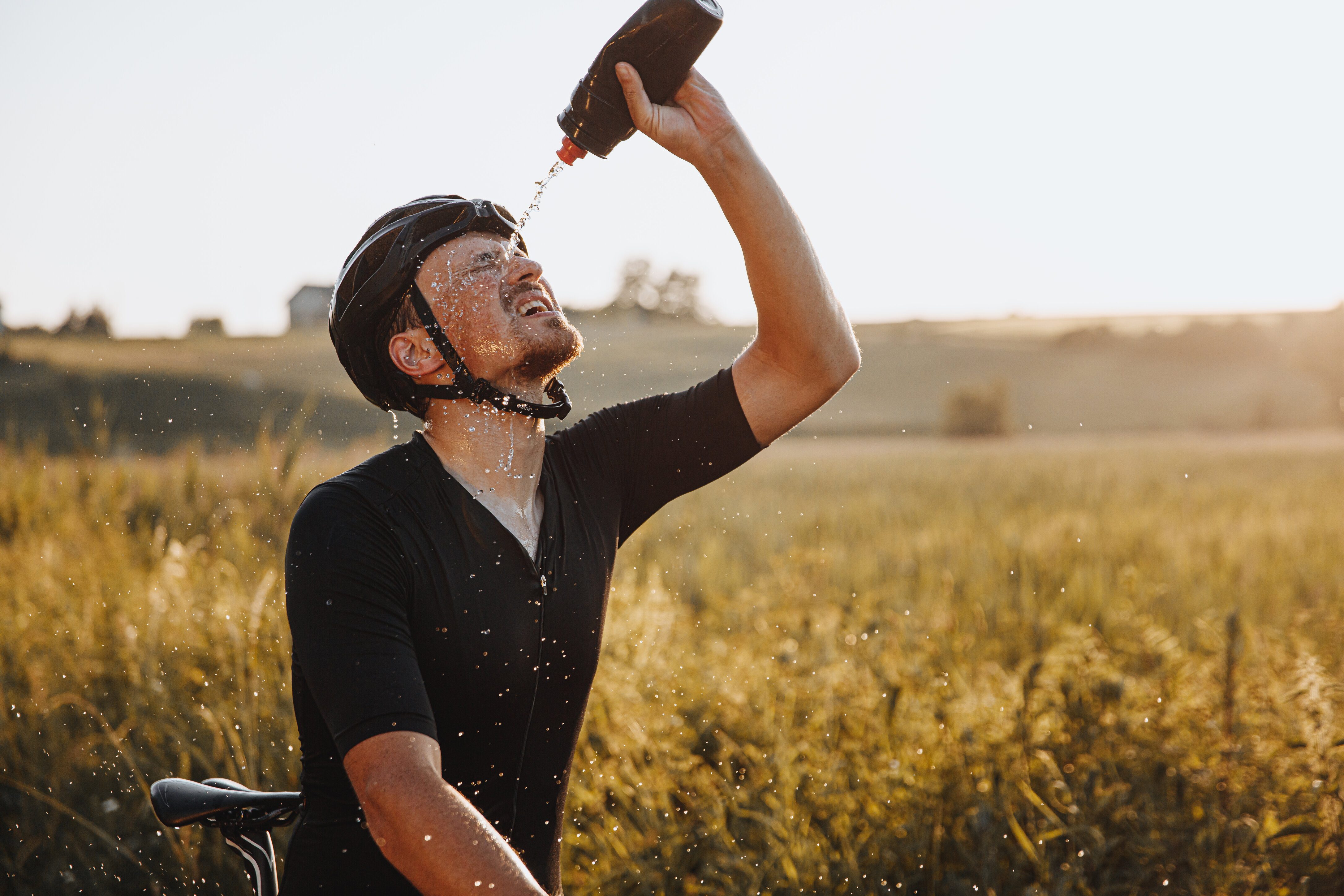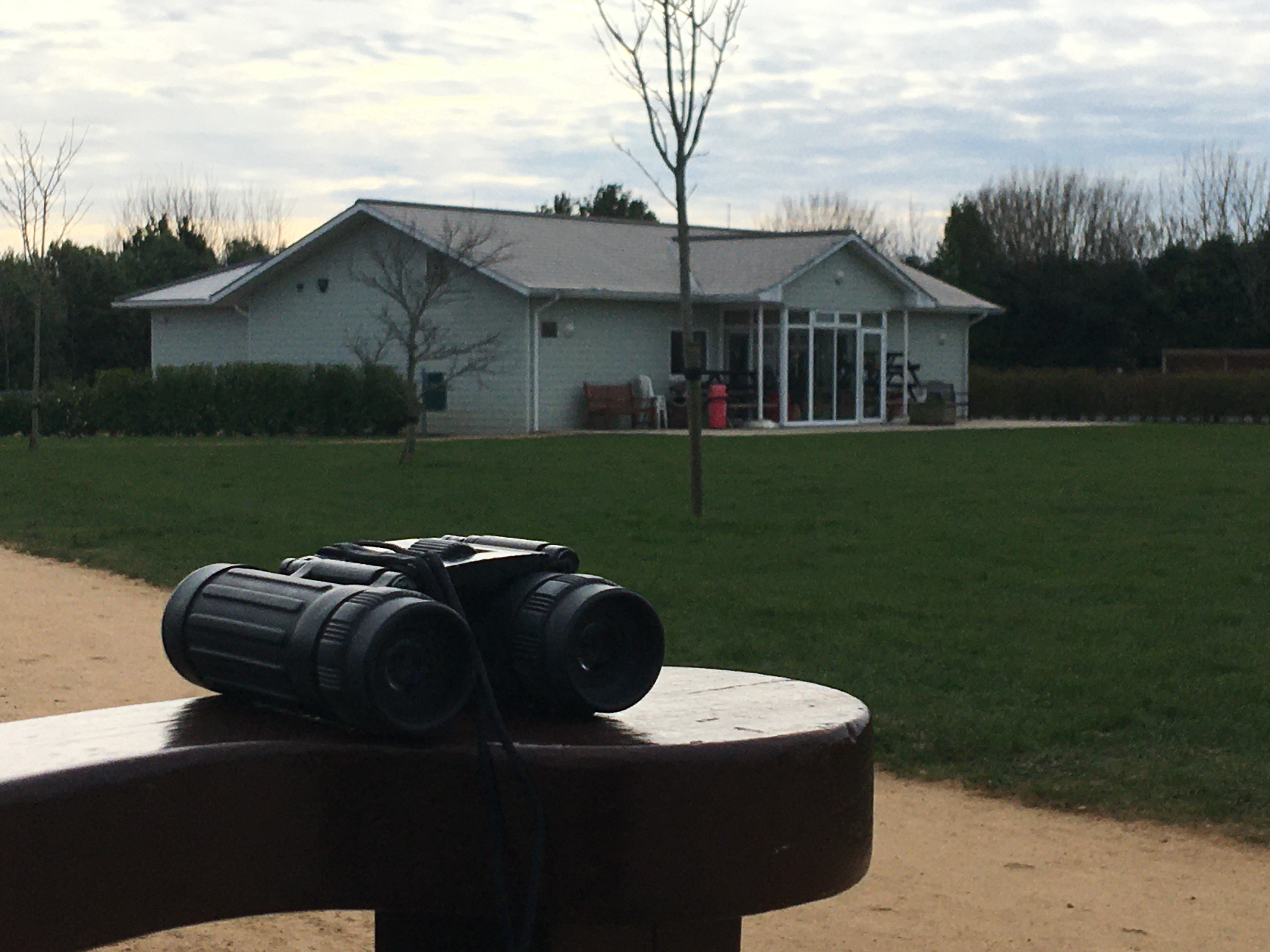


Conservationists in Jersey have been celebrating the success of a captive-breeding programme during the pandemic.
Over the past year, there has been a huge increase in a particular type of 'mamil' that Islanders may have spotted, particularly on sunny weekends.
This mamil (Bellius-squeezed-in-Lycrus) can be spotted travelling around the island in packs.
Usually with a skin-tight black coat, most have distinctive greying facial hair, a straining waistline and are sat astride a self-propelled vehicle worth more than most people’s annual salary.
This species has multiplied since last year’s lockdown, when, in addition to covid-19, a number of other afflictions have gripped the island, including 'Bandwagonitis' (which has also affected the sea-swimming community) and 'Spendingholidaymoneyosis'.

Pictured: A typical bearded member of the species. This particular example appears to think it can ingest water through its eye.
One naturalist, who has studied this species of mamil for some time, told News Eye that he had set up a hide on the edge of St Martin’s Village Green to record its habits.
“The call of this species is an unusual one,” he said. “Often, its dawn chorus sounds like ‘Strava, Strava’ as the mamils brag about times of previous rides.
“Other distinctive warbling appears to sound like ‘Ultegra, Ultegra’ as the species chirp on about the merits of electronic group sets. ‘Disc Brakes, Disc Brakes’ is another common song, to which others will reply, ‘No, Rim Brakes, Rim Brakes’.”
These perplexing conversations are still being deciphered by leading behavioural scientists studying the habits of this peculiar species.
The mamil’s perceived threat is the common roadhog (Drivus-normalus). Mamils are prone to act aggressively when the hog has the temerity to try to pass the pack on a wide main road.
The species’ diet is complex: consisting of gels, energy bars and bananas, but also large wedges of rich creamy cake and big fat bacon rolls.
The males often hunt in packs, leaving females to fend for themselves back at the family nest, looking after the kids, Geraint and Froomela, who occasionally have to look at photos of their dad to remember what he looks like.
The naturalist continued: “The males often have to fight to prove their dominance in the pack. This is not only through speed on the road but also through data-combat over their V02 max, FTP threshold and power output.
“Like peacocks, they parade their virility by comparing the waterproofing properties of different fabrics, the bottom-padding ability of different chamois inserts, and the moisture-repellant quality of their glasses.

Pictured: The species can often be observed at St. Martin’s Village Green.
“Also, I’ve often observed males comparing their equipment, the size of their helmets and their varying needs for lubricant.
“At the end of their round-island search for lost youth, they then return to their nest, give the customary greeting to their mate - “Oh… Have you done the shopping? Thanks. I was going to do that later” - and then sit back with a beer to watch the rugby.
“It is a complex world, but hopefully with more research we can understand more about this odd creature.”
Anyone wishing to observe this less-than-rare species should observe quietly from positions around Trenton Square and the top of Queen Street. More padded versions of the mamil can sometimes be seen churning up cliff paths on the north coast.
Comments
Comments on this story express the views of the commentator only, not Bailiwick Publishing. We are unable to guarantee the accuracy of any of those comments.